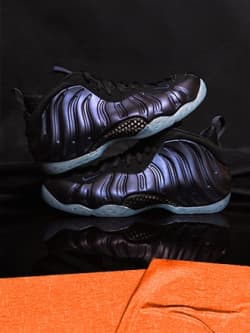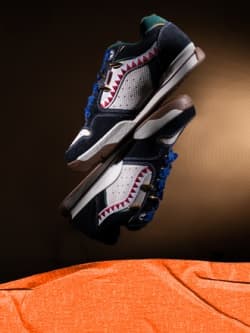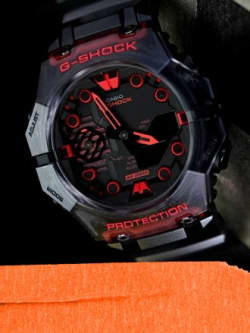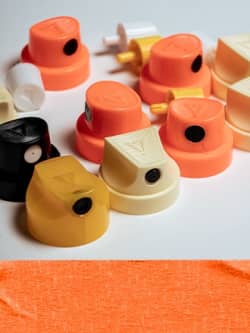#FactsFriday: A Brief History of Vans

Vans started as humble production-focused brand but has grown to transcend all spheres of life and fashion. From 2008 to 2016, Vans tripled its revenue from $750 million to $2.3 Billion. So here's how they began and the rollercoaster journey the brand endured to become the household name that Vans is today.

Brothers Paul Van Doren and James Van Doren, along with partners Gordon Lee and Serge Delia, officially opened The Van Doren Rubber Company, now known as Vans, on March 16 1966 in Anaheim, California. Before their launch, the Doren brothers both worked in the rubber manufacturing industry for accumulative 30 years, learning the ins and outs of the industry. They started their own factory in 1965 with the hopes of drastically increasing profits by cutting out retailers and selling their product straight from the factory. The guys therefore opened their own manufacturing plant, which included a 400-square foot retail space. Titled “The House of Vans”, the space opened in 1966 offering 3 styles of shoes to the 12 customers on the day. The Vans models on offer included the #44 Deck Shoe, now known as the Vans Authentic. The shoes were made to order and were available the same day. However, Vans knew they couldn’t afford advertising for very long. They hoped their thick-soled, American-made shoes would advertise themselves and the customers would start flocking as a result. 
And that’s exactly what happened. Vans were forced to open more retail spaces, with their first standalone store located in Costa Mesa. They added a total of 9 new stores, but only 4 were turning over a profit. While the accountant recommended shutting down the unprofitable stores, the Vans teams argued that they should in fact be opening more. They reasoned that more stores meant higher production volume and production costs, which would in turn increase profits and and would thereby make up for the failing stores. As a result, Vans were practically opening a store every week. This strategy was moderately successful at best though, and Vans barely stayed afloat during this period. 
Customers were also finding fault with the product. Complaints started to come in regarding the diamond tread sole cracking along the outsole near the ball of the foot. This stimulated the introduction of the durable patented waffle print sole, the iconic Vans sole everyone knows and loves. Vans was also lightyears in-front of the competitors in terms of customisability. Due to the retail and manufacturing being so closely intertwined, customers could literally design their shoes themselves. If a potential buyer brought in a viable fabric, Vans would make them a unique pair of shoes literally overnight. 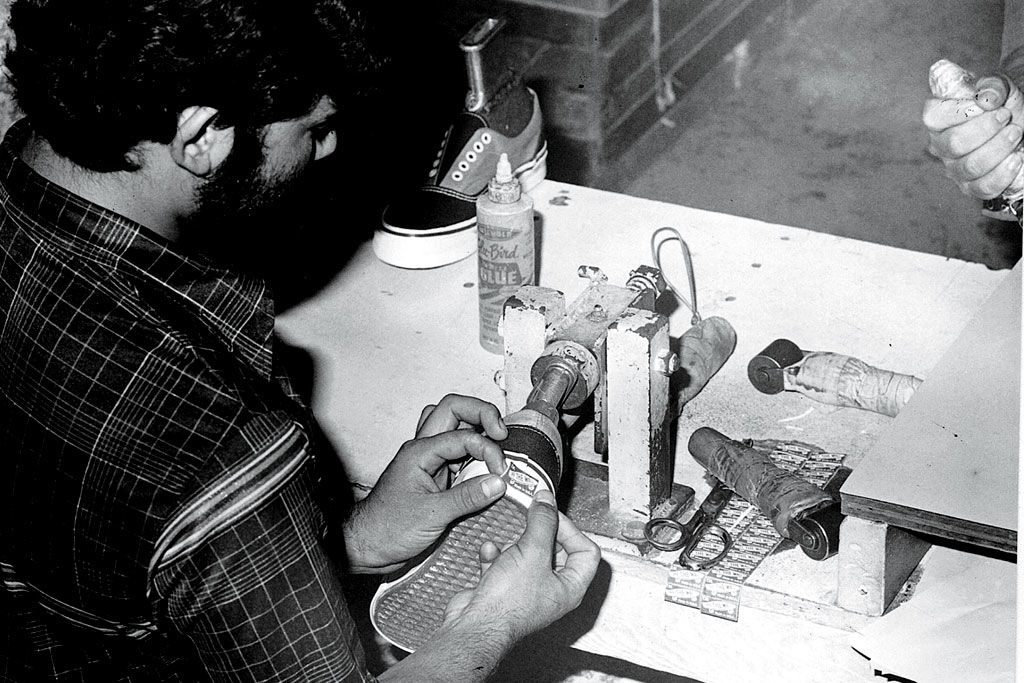
Despite the innovations to improve their shoe’s durability, the brand was still struggling to gain its footing. This lead to Vans decision to start making skateboard sneakers in the mid 70s. Skaters like Tony Alva and Stacy Peralta had already been skating in Vans and approached the brand for custom shoes made specifically for skating. This lead to the creation of the #95, now known as the Era. It featured a padded ankle collar, a diamond waffle sole and the company’s now famous “Off the Wall” logo. While the production was done by Vans, skaters like Peralta and Alva were the driving force and advertised the sneakers for the brand. Not only did Alva and Peralta give Vans instant street cred, they also helped design the sneakers, providing inspiration for colorways and the famous “Off the Wall” logo, which originated from Alva skating an empty pool.
Vans built upon their success of providing footwear to skaters with the #36 in 1977, known as the Old Skool. The iconic sneaker featured leather panels for increased durability and the debut of the Side-stripe. Originally known as the “jazz stripe,” the logo helped Vans compete against the easily identifiable logos of sneaker brands like Nike. Vans followed this in 1978 with the #38, known as the Vans Classic Slip-On, and in 1988, the SK8-Hi. Vans got an additional advertising boost in 1982 when the legendary checkerboard Vans Slip-Ons were featured in Fast Times at Ridgement High. Vans saw their revenue more than double in a year as a result of this.
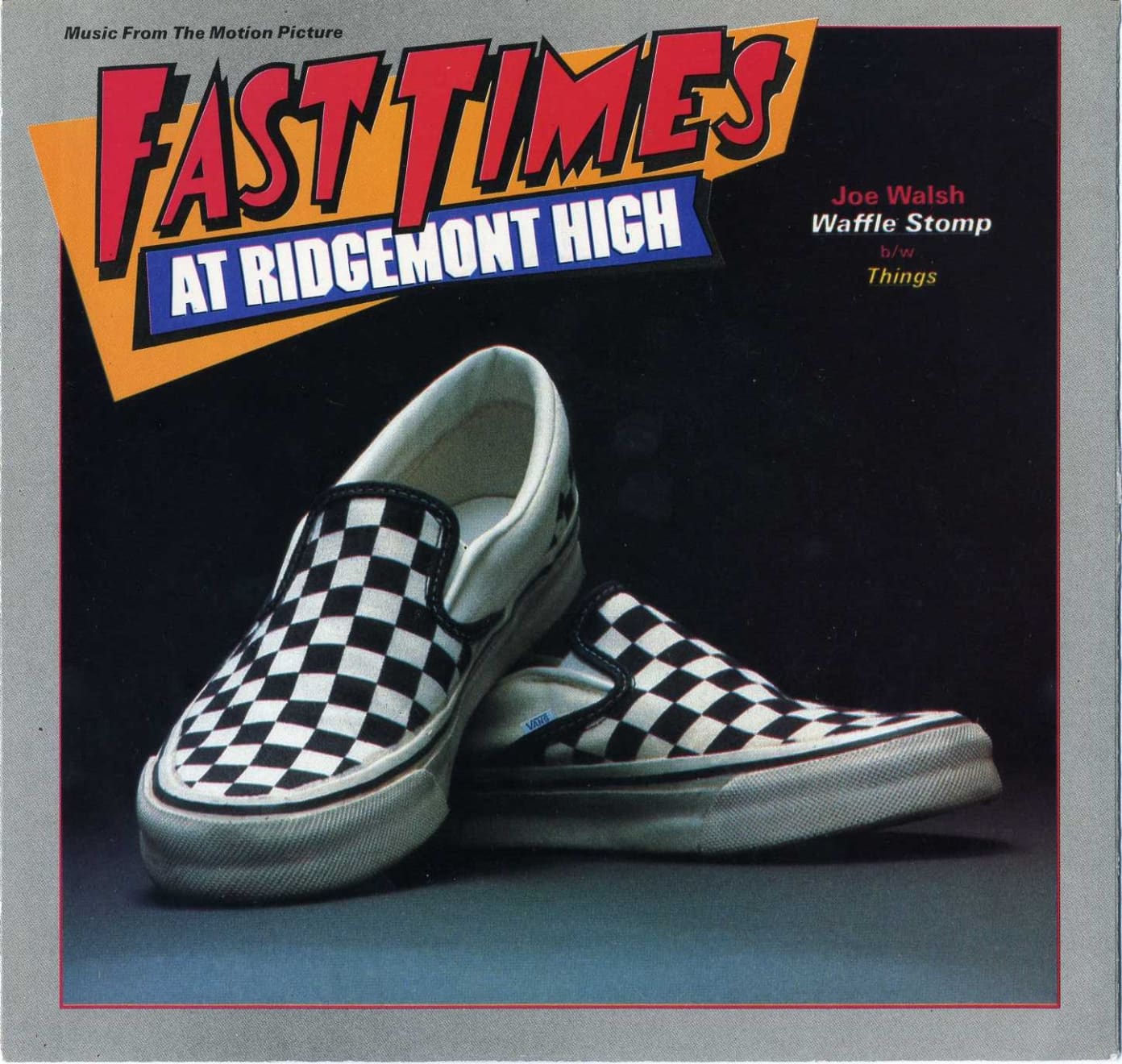
The 80s marked a dark turning point for the brand though. Instead of riding the surf and skate wave, Vans decided to make sneakers for other sports like basketball, running and breakdancing. This venture proved unsuccessful and Vans were forced to declare Chapter 11 bankruptcy in 1984, only two years after their checkerboard Vans featured on the silver screen. Paul replaced his brother James as President and made major cost-cutting changes to the marketing budget and salary structures. Miraculously, Vans emerged from its $12 million debt and Chapter 11 bankruptcy three years later, paying back every cent they owed.
Although the brand survived their financial troubles, the slashed marketing budget meant they missed out on key skaters that were poached by brands like Vision Street Wear and Nike. In 1988, Vans introduced its first signature skate shoe, the Steve Caballero - a padded high top similar to the Sk8-Hi. That same year, and due to a lack of adverting budget, the brand cruised back into financial instability, and a venture investment firm bought Vans for $74 million. Paul and his partners retired and the firm took the company public three years later.

Throughout the 90s and early 2000s, Vans aimed to re-establish themselves as the protector of skate, surf and counter-culture. They sponsored the Warped Tour, a massive summer rock festival that featured brands from Sublime to No Doubt. 1996 saw the first Supreme x Vans collaboration, an ongoing collaboration we now see every Supreme season. Vans also sponsored tournaments like The Triple Crown of Skateboarding, as well as its surf counterpart. Their shoes featured heavily in Dogtown and Z-Boys, with the documentary going on to win at Sundance Film Festival. 
Vans came under new ownership yet again in 2004, with their new owners focusing on expanding the brand's physical footprint. Vans opened its first retail store in Shanghai in 2008, as well as a “House of Vans” event space in Brooklyn in 2010. The following year Vans significantly ramped up international expansion, including distribution in India, collaborations in Montreal and Shanghai, a massive "House of Vans" in London, as well as opening the first company-owned Vans stores in Mexico. The brand also renewed its commitment to skate with UltraCush Lite technology and WAFFLECUP, the first-ever vulcanised cup-sole that increased support and durability while simultaneously offering better board feel. Vans were even being noticed by the high-fashion industry, with the then creative director of Celine, Phoebe Philo, regularly sporting the Vans Slip-On. 
Vans celebrated its 50 year anniversary in 2016 with special “Off the Wall Family” custom pair being sent to all 9000 employees worldwide. There is no doubt that Vans have had their ups and downs in the past 50+ years, but they have emerged stronger every time. We know the skate, surf and even fashion cultures would not be the same without Vans’ everlasting and continued commitment to authenticity. Now, the multi-billion dollar entity is not only the predominant force in skate culture but a major player in sportswear worldwide. And they have defintely earned that title. 


